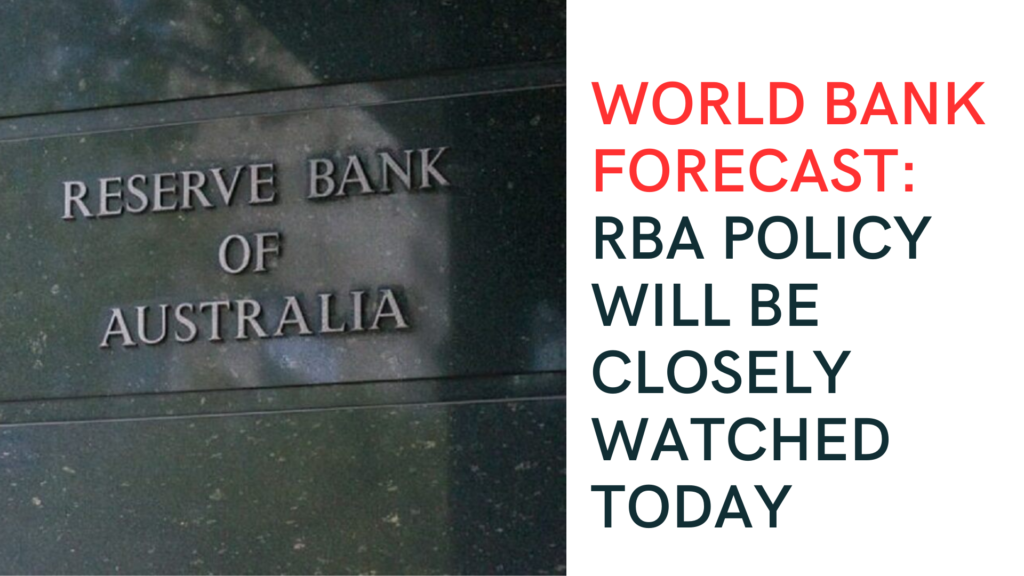
The U.S. dollar reacted negatively after U.S. services sector data. The currency slipped from a two-month high after data showed that the U.S. services sector barely grew in May. It took place as new orders decreased, reversing a prior rally that was fueled by robust job growth in May.
According to the Institute for Supply Management (ISM), its non-manufacturing PMI dropped from 51.9 in April to 50.3 last month. Over two-thirds of the economy or a reading above 50, is accounted for by the services sector.
The dollar index settled at 103.96, down 0.18% on the day, after earlier climbing as high as 104.40. It is holding just below an 11-week high of 104.70 reached on May 31.
Bullion recovered from the day’s low following the weakness in the dollar. Prices have fallen on Fridays after better-than-expected jobs gains for May, which added to expectations the Federal Reserve may continue hiking rates as inflation remains elevated.
Gold prices settled at 59848 up by 0.40%, recovering from the low of 59333. Silver prices recovered from the day’s low of 71188 and settled at 71872, down 0.21%.
Base metals had a mixed trade yesterday. Copper prices were able to recover from the day’s lows of 711.50 and settled at 721.15. Aluminum and Zinc prices settled in the red. Both metals were down by 0.65%, and 0.45% respectively.
Crude oil prices posted a 1.50% speculative jump on Monday. Prices sparked to a one-week high after the world’s top exporter Saudi Arabia pledged to cut production by a further 1 million barrels per day (bpd) from July to counter macroeconomic headwinds that have depressed markets.
Brent crude futures rose by 0.46% to $76.5. U.S. West Texas Intermediate crude was at $2.00 a barrel, up 0.22%. MCX crude oil rose 1.49% and settled at 6004.
Economic data and events to watch
Reserve Bank of Australia
At 10.00 am – the Reserve Bank of Australia rate decision is due to release. The forecast is to hold unchanged at 3.85%.
After a sudden increase last month, rates are already at an 11-year high. RBA governor Philip Lowe said he did it to make it clear that the central bank will do whatever it takes to defeat inflation.
Eurozone
At 11.30 am- the German Factory Orders m/m to be released. Data is foreseen at 2.7%, higher than a contraction of 10.7% previously.
At 2.30 pm – Retail Sales m/m, data is foreseen to expand by 0.2% compared to a contraction of 1.2%.
Both the above data could have a positive impact on the Euro
U.K.
At 2.00 pm – Construction PMI, data is foreseen at 50.9, slightly lower than 51.1 previously.
Above data could have a negative impact on the Pound.
Canada
At 6.00 pm – Building Permits m/m, data is foreseen at -4.3%, lower than the previous 11.3%.
At 7.30 pm – Ivey PMI. Data is foreseen at 57.2, higher than the previous reading of 56.8.
Both pieces of information might not affect the dollar at all.
U.S.
Tentative – IBD/TIPP Economic Optimism, data is foreseen at 45.2, higher than the previous 41.6.
All the above numbers will have a positive impact on the entire market.
World Bank and OECD global economic forecasts
On Tuesday, the World Bank announces its most recent predictions for global growth, and the OECD follows a day later with its predictions.
The World Bank issued a dire warning last month about a slow-growth crisis in the world economy that might last for the next ten years due to instability in the banking sector, rising inflation, the continuing repercussions of Russia’s invasion of Ukraine, and three years of COVID-19.
In the meantime, the OECD increased its predictions for global growth in March, stating that it anticipates growth to reach 2.6% this year and 2.9% in 2024, but cautioned that the outlook remained fragile and that risks were still heavily weighted to the downside.
